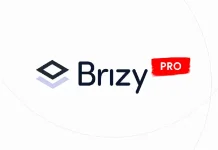Dynamic Content for Elementor Nulled is an advanced plugin that enhances Elementor’s capabilities with powerful features for creating dynamic, interactive websites. With seamless integration with tools like ACF and WooCommerce, it allows you to design personalized content and add functionality without writing a single line of code.
Dynamic Content for Elementor Free Download
Dynamic-content-for-elementor.zip
Changelog
v3.3.10 – 2025/07/14
* Notice: removed sandbox mode on Cryptocoin Badge widget and Dynamic Tag – Cryptocurrency. Now you need a valid API to use these features
* Fix: solved a fatal error on plugin list in some cases
* Fix: Dynamic Visibility IP detection now works correctly with CDN, proxy, and load balancer configurations
* Fix: Accordion style issues on ACF Repeater when used a span, div or p tag
* Minor fixes





![(v4.0.0) Logo Carousel Pro Nulled [ShapedPlugin]](https://nullgrand.com/wp-content/uploads/2024/12/Logo-Carousel-Pro-v4.0.0-ShapedPlugin-218x150.webp)
![Instagram Feed Pro (v6.8.1) Nulled [Developer] By Smash Balloon](https://nullgrand.com/wp-content/uploads/2024/12/Instagram-Feed-Pro-v6.4.1-Developer-By-Smash-Balloon-218x150.webp)





